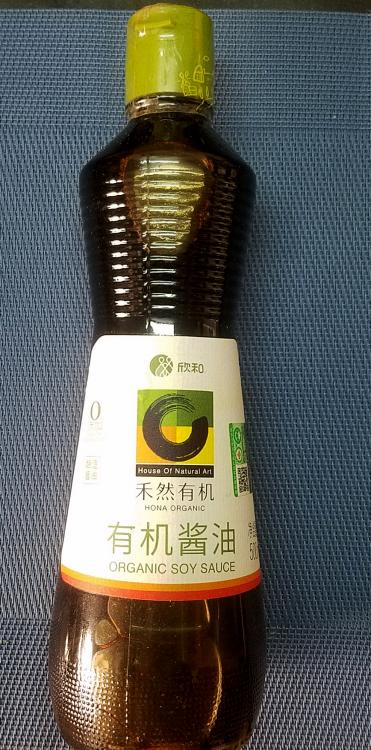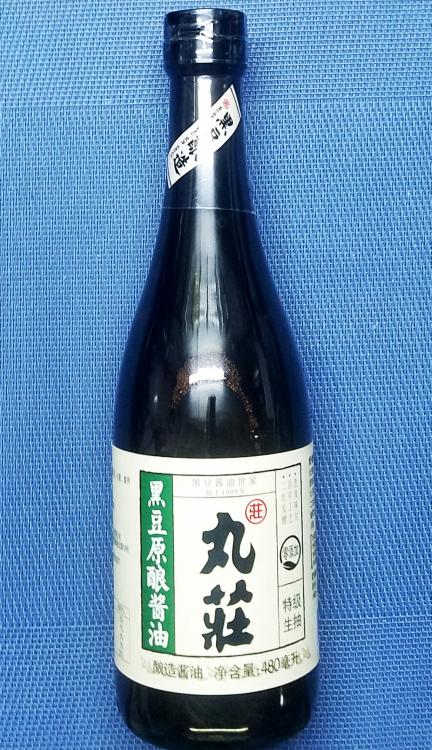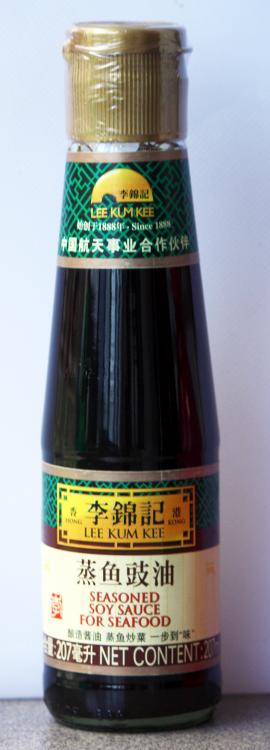13. There are two kinds of soy sauce.
If only.
This oft-repeated 'fact' appears on many websites, including on many which should know better, as well as on YouTube videos, but I guess by now you know what I think of them.
In fact, world-wide there are hundreds of different types - certainly a bit more than two. I will limit myself to what I know. I intimately know my kitchen and I know China moderately well. So this is only about what I have or can find here.
I have six different kinds in my kitchen right now.
The generic term for soy sauce in Chinese is 酱油/醬油* - jiàng yóu. This covers all varieties. A less common alternative is 豉油 - chǐ yóu.
Light Soy Sauce
Most used is what is known in western countries as 'light soy sauce', in China as 生抽 - shēng chōu. Often labelled 'Superior Soy Sauce' in English, this is the go to sauce for much of Chinese cooking, used in many dishes and in marinades or as a dressing or dip. If a recipe does not specify what type of sauce, use this one.
It is strongly flavoured and saline in taste, although low sodium versions are also available. Most soy sauce today also contains wheat, so is not usually gluten-free, although gluten-free versions can be found in larger supermarkets.
The best should only contain water, soy beans, wheat and salt. Check the ingredients list. If there is no English, then here are the four ingredients in Chinese in the same order: 水, 黄豆, 小麦, 盐/水, 黃豆, 小麥, 鹽.
Dark Soy Sauce
This is also common. Known as 老抽 - lǎo chōu, this is a thicker, sweeter sauce mainly used to add colour rather than taste. It is also less salty. Cheaper versions often add caramel or molasses - avoid!
Light and dark sauces are used together in certain dishes.
Organic Soy Sauce
The above sauces are also available in 'organic'versions. However, in China there is no legal definition of 'organic', so who knows?
Black Bean Soy Sauce
The first two sauces I mentioned are, 99% of the time, made from yellow soy beans, but also available is sauce made from black soy beans. To my palate, this variation has a deeper, more subtle flavour. It has become my preferred choice.
White Soy Sauce
White soy sauce is rarer than the others. It is only available in a light form as it contains no wheat. Otherwise, it tastes the same as the regular type, but is sometimes preferred for presentation in dressings, dips etc.
Seasoned Soy Sauce
Another light soy sauce, but this time seasoned with sugar, yeast extract and MSG, so sweeter and with more of a umami kick. Mostly used with Cantonese steamed fish.
There are many more types which I''ll add as I come across them. Mushroom soy sauce springs to mind.
to be continued
* Where Simplified Chinese and Traditional Chinese differ, I give both. Simplified is used in mainland China, where as traditional is used by Hong Kong, Taiwan and much of the Chinese diaspora - so there is a good chance of seeing either in Asian markets.








